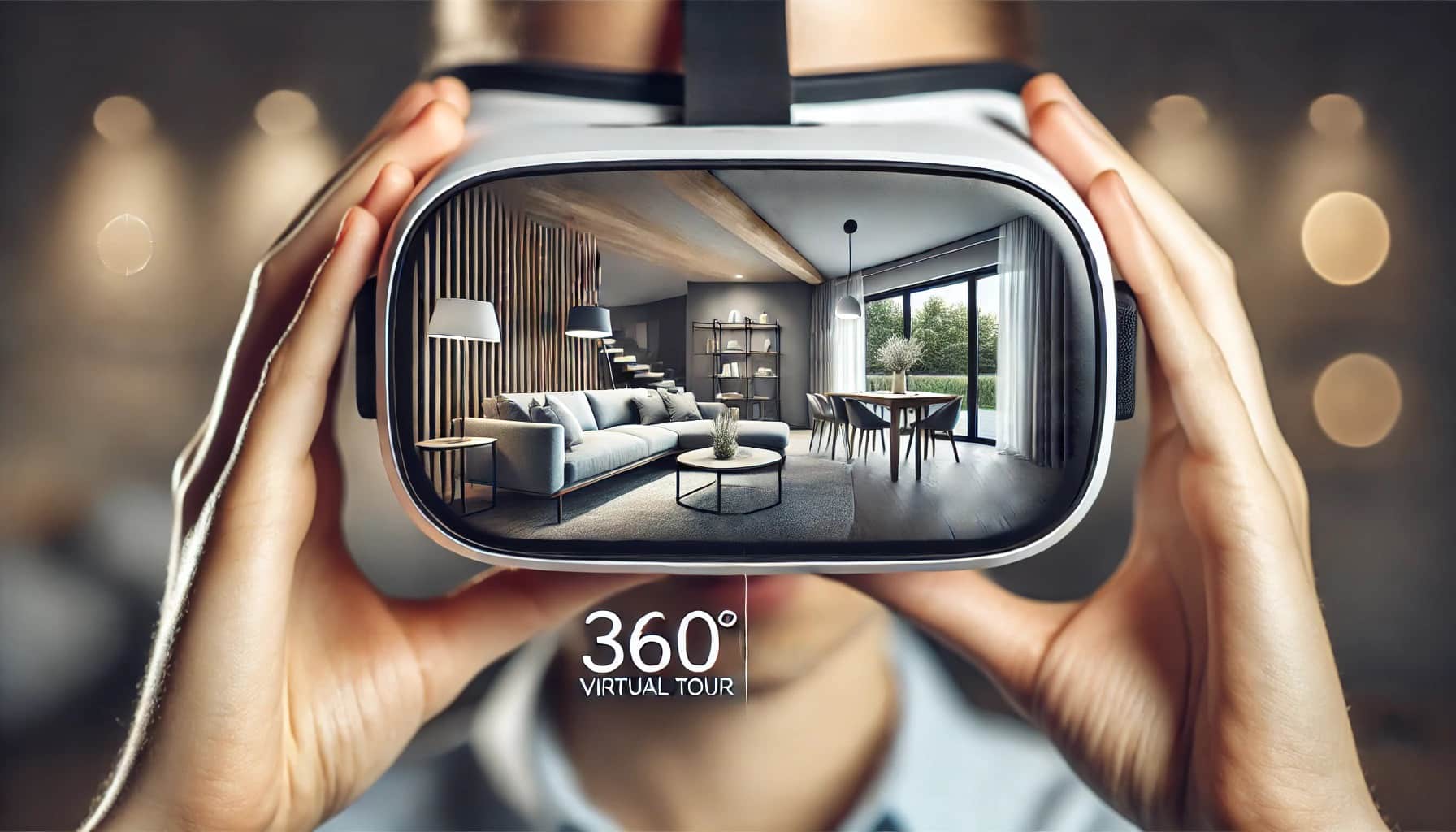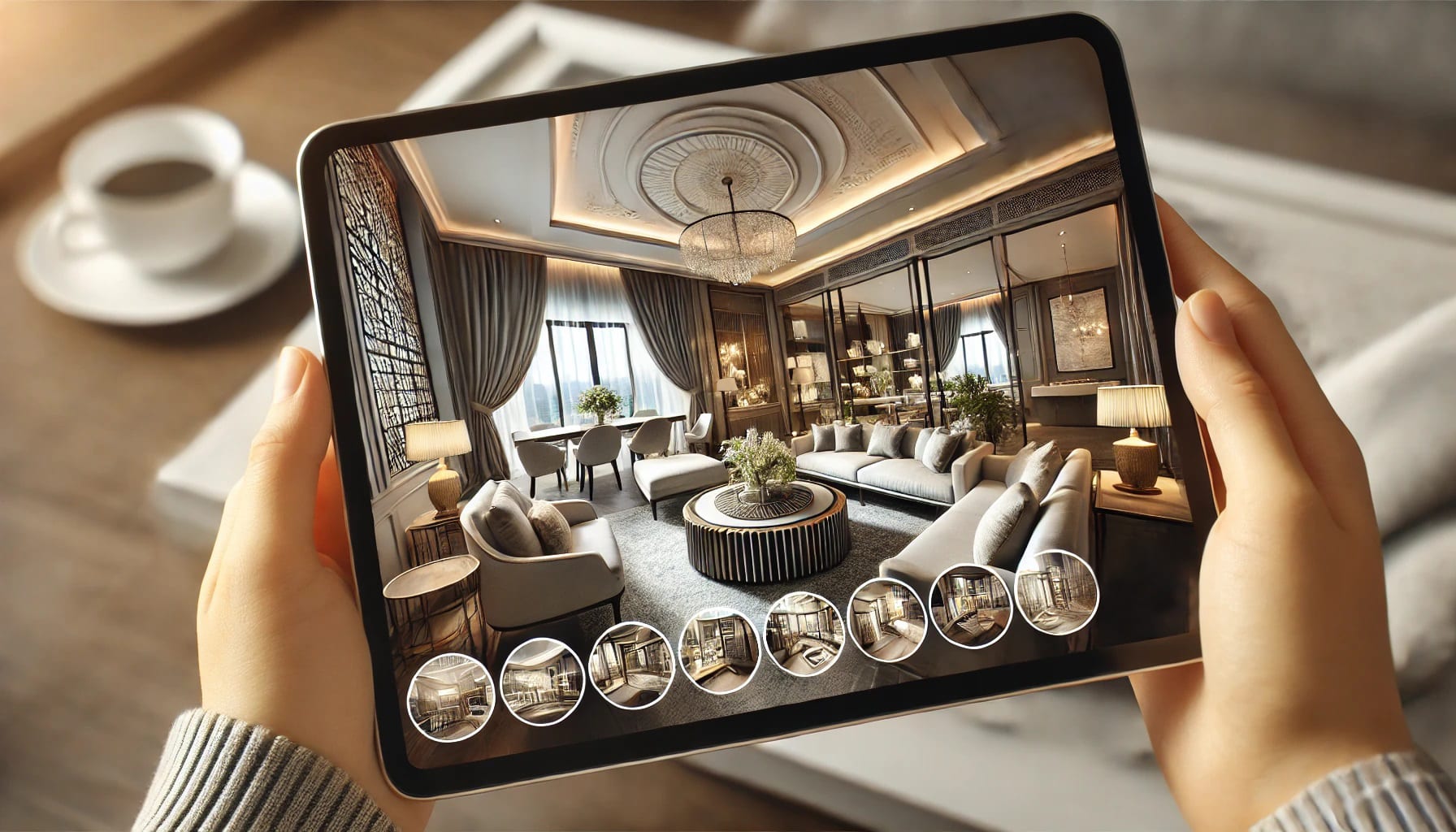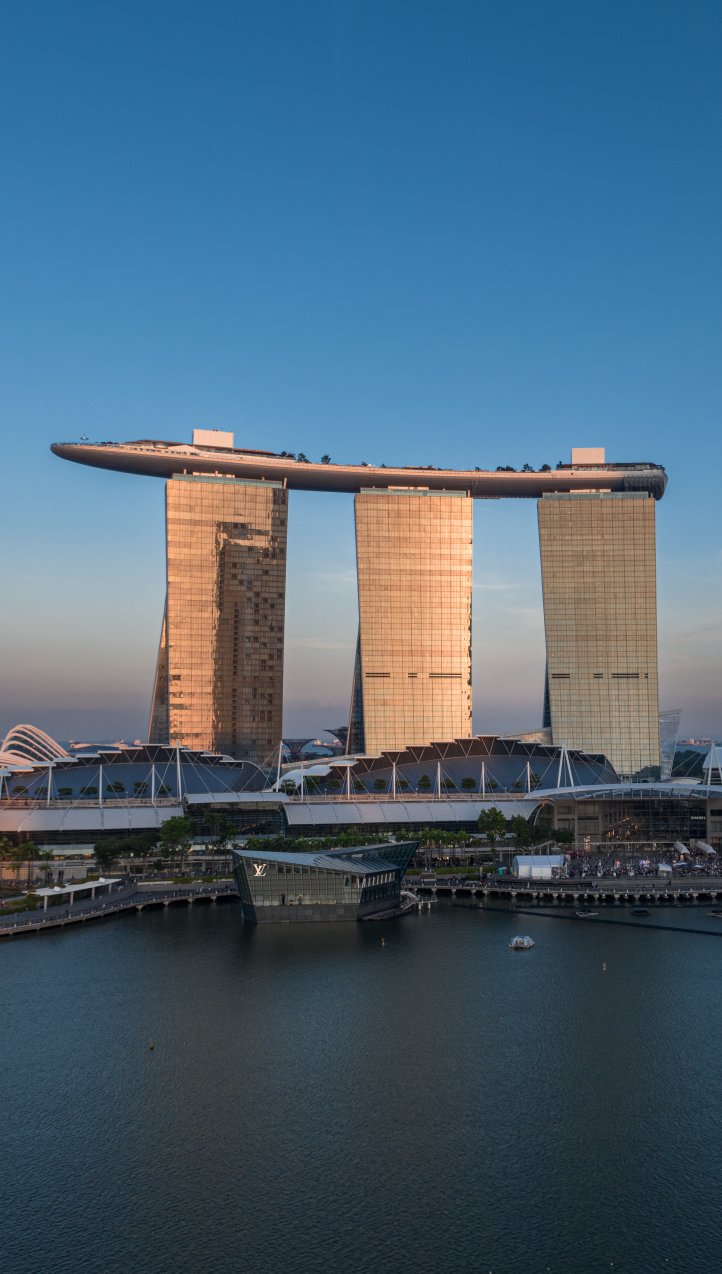In a world where first impressions matter, 360 Interactive Virtual Tours are revolutionizing how properties are showcased in real estate. For architects, interior designers, realtors, and home developers, this cutting-edge technology is a game-changer. Imagine offering potential buyers or investors a complete, immersive tour of a property—without them ever stepping foot inside. By utilizing VR360 services, you’re not just showing a space, you’re telling a story, allowing people to experience the design as if they were physically there.
At Xpress Rendering, we specialize in creating photo-realistic 3D renderings, video animations, VR 360 services, and walkthrough animation services for various industries, including architecture, construction, and real estate. These tools don’t just provide stunning visuals; they create a unique experience that can elevate your marketing efforts and set you apart in a competitive market.
What Are 360 Interactive Virtual Tours?
360 interactive virtual tours allow potential buyers to explore a property from all angles using their smartphone, tablet, or computer. Unlike traditional static photos, virtual tours provide an immersive experience where users can navigate through rooms, zoom in on details, and get a realistic feel for the space. This experience is especially valuable for those who cannot visit the property in person, such as out-of-state buyers or international investors.
With 3D virtual tours for real estate, architects and interior designers can showcase every aspect of their design, while realtors can offer a comprehensive view of properties to their clients, no matter their location.
It’s important to mention that the level of immersion varies depending on the device used. When using 360-degree VR headsets, such as Meta Quest or Apple Vision Pro, users experience a deeper sense of presence, as they can look around naturally by turning their head, making them feel as if they are physically inside the property. On the other hand, while tablets and PCs offer immersive experiences through 360-degree navigation, the interaction requires manual input, such as dragging the screen or clicking to change perspectives. Although less immersive than VR headsets, these devices still provide a highly interactive way to explore spaces in detail. Each device offers its own advantages, catering to different levels of engagement based on user preference and availability.

The Impact of 360 Interactive Virtual Tours on Real Estate Marketing
Virtual tours for real estate are quickly becoming the go-to tool for agents and developers who want to stand out in a crowded market. In the past, potential buyers were limited by geography and time constraints. Now, with the rise of 3D virtual tours services, they can visit multiple properties virtually and make more informed decisions, which often speeds up the purchasing process.
For architects and interior designers, these tours are a powerful way to present projects during the conceptual phase. By using 360 virtual walkthroughs, they can allow clients to “walk” through unbuilt spaces, offering a better understanding of scale, flow, and overall design.
Why Virtual Tours Are Essential for Architects and Designers
For architects and interior designers, virtual tours for architecture projects can be a valuable tool for attracting high-end clients. These tours not only showcase completed projects, but they also help clients visualize how a space will look once finished. This can eliminate misunderstandings and miscommunications, which are common in projects that rely solely on 2D blueprints or static images.
Moreover, 3D architectural rendering combined with virtual tours can help you win over clients during the early stages of the project. By allowing them to see a virtual model of their future space, you’re providing a level of transparency and trust that traditional methods simply can’t offer.

3D Virtual Tours Increase Buyer Engagement
Studies have shown that properties listed with virtual tours receive significantly more engagement than those without. According to Realtor.com, visits to listings with virtual tours grew at twice the rate of those without. User engagement with these listings was 29% higher, and they were more likely to generate inquiries from potential buyers. This trend highlights the increasing importance of virtual tours in the home-buying process, even as in-person viewings become possible again.
Buyers are more likely to spend extra time exploring a virtual tour because it allows them to interact with the space. With the use of walkthrough animation services for real estate, potential buyers can feel as if they are physically touring the property. This immersive experience can help build a deeper emotional connection, making it easier for buyers to visualize themselves living in the space.
Furthermore, virtual tours for real estate have become essential in helping buyers narrow down their choices. A survey conducted by Realtor.com found that 64% of users had taken a virtual tour, and 45% of them now prefer listings that offer this feature. Virtual tours are seen as a great resource by 65% of buyers, even beyond the pandemic, as they allow them to explore more properties without the need for extensive travel.
For realtors, this means higher-quality leads and better sales. When buyers are already familiar with a property through a 360 virtual walkthrough, they come to in-person showings more prepared and likely to make a decision.
The Future of Real Estate is Here: Why You Need 360 Interactive Virtual Tours
The rise of VR360 services in real estate is not just a trend—it’s the future of how properties will be marketed and sold. In this new era, where virtual solutions are more critical than ever, having access to 3D virtual tours for real estate and architectural rendering tools is essential for staying ahead of the competition.
As we discussed in our previous article, “How 3D Renderings Are Revolutionizing Real Estate Marketing”, 3D renderings and virtual tours are complementary tools that help provide a full picture of a property. Together, they offer potential buyers a complete, immersive experience that leaves a lasting impression.

Conclusion: Transform Your Real Estate Marketing with 360 Interactive Virtual Tours
In conclusion, 360 interactive virtual tours offer a wealth of benefits for architects, realtors, and developers. They not only attract potential buyers but also keep them engaged longer, leading to more informed decisions and faster sales. These tours, combined with 3D renderings and video animations, make your properties stand out in an increasingly digital world.
At Xpress Rendering, we specialize in creating immersive experiences that help you elevate your real estate marketing. If you’re ready to take your business to the next level, contact us today to learn more about our 360 virtual tours services and how we can bring your designs to life.
Don’t forget to connect with us on Instagram, Facebook, and LinkedIn to stay updated on our latest projects and services!


